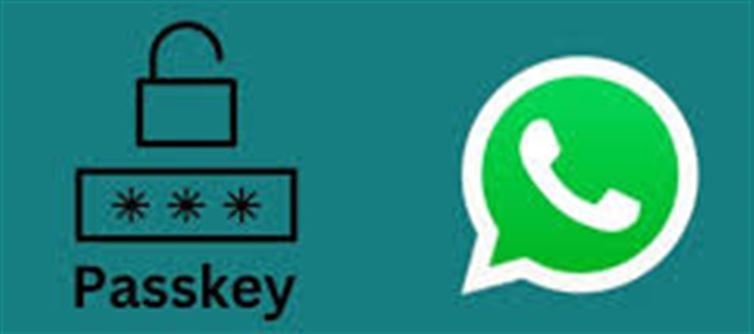
WhatsApp, one of the world’s most popular messaging apps, has rolled out a new security feature to enhance user privacy. This update focuses on making chat backups safer while simplifying access.
📌 1. What’s the New Feature?
· whatsapp now allows users to protect chat backups with a passkey.
· Users can opt for an alternative method where a passkey is not required for restoring backups.
· This provides flexibility and improved security for both casual and privacy-conscious users.
⚡ 2. Why This Feature Matters
· Chat backups are often stored on cloud services like google Drive or iCloud.
· Previously, backups could potentially be accessed if someone gained access to the cloud account.
· With this update, even if your cloud account is compromised, your backups remain protected.
🛡️ 3. How Users Can Secure Their Backups
1. Open whatsapp and go to Settings > Chats > Chat Backup.
2. Choose Encrypt Backups and set a passkey.
3. Optionally, skip the passkey but still use built-in encryption for security.
4. Ensure you remember the passkey, as losing it could make restoring backups impossible.
💡 4. Benefits of This Update
· Stronger privacy protection for personal messages.
· Flexible backup options, making it easier for users who forget passkeys.
· Peace of mind, knowing that chat data is safer from hackers or unauthorized access.
🏆 5. Expert Tip
· Always enable encrypted backups to protect sensitive chats.
· Consider using a secure password manager if you opt for a passkey, to avoid losing access.
💡 Tip for users: Even without a passkey, WhatsApp’s encryption ensures your backups remain private and secure, giving you both safety and convenience.
Disclaimer:
The views and opinions expressed in this article are those of the author and do not necessarily reflect the official policy or position of any agency, organization, employer, or company. All information provided is for general informational purposes only. While every effort has been made to ensure accuracy, we make no representations or warranties of any kind, express or implied, about the completeness, reliability, or suitability of the information contained herein. Readers are advised to verify facts and seek professional advice where necessary. Any reliance placed on such information is strictly at the reader’s own risk..jpg)




 click and follow Indiaherald WhatsApp channel
click and follow Indiaherald WhatsApp channel